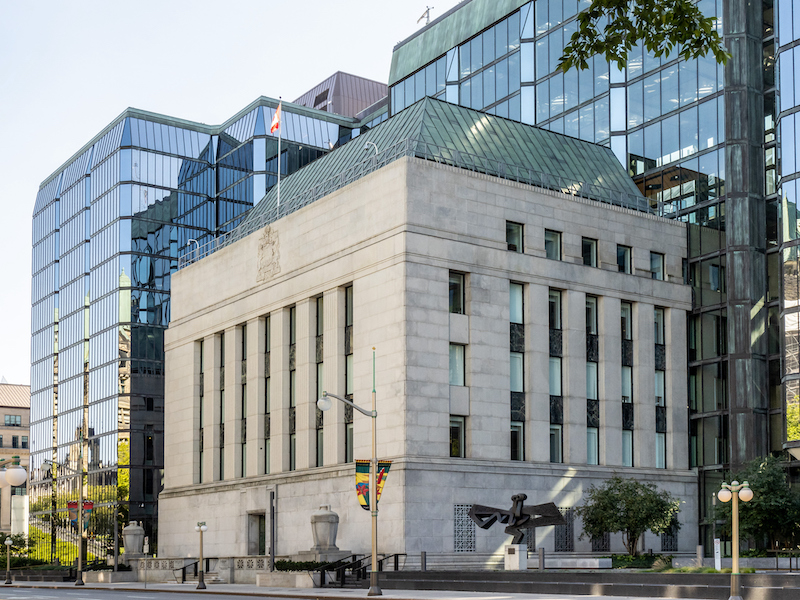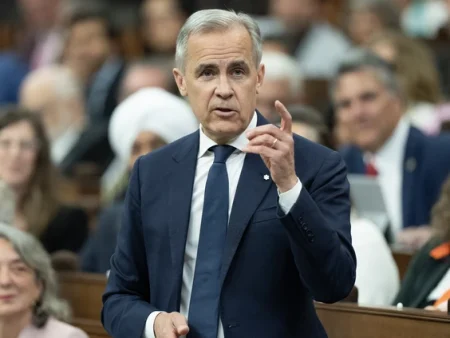The Bank of Canada (BoC) has adopted a wait-and-see approach to interest rates, holding its policy rate steady as it monitors changing global trade conditions and their effect on the Canadian economy.
This strategy reflects growing caution among policymakers, who face competing pressures from softening domestic growth and volatile international trade dynamics—especially as new tariffs and U.S. trade rhetoric raise uncertainty for Canadian exporters.
Why the Bank of Canada Is Holding Steady
Balancing Growth and Risk
BoC officials say the central bank needs more clarity before making its next move. While inflation appears under control, GDP growth has slowed, and key sectors like manufacturing and exports are under pressure.
Maintaining the current rate gives the bank flexibility as it watches for signals from employment data, trade figures, and consumer confidence.
Trade Tensions Complicate Policy Choices
Canada’s trade outlook remains clouded by shifting policies south of the border. Talks of new tariffs and stricter rules on Canadian goods have added to economic uncertainty, making BoC officials cautious about stimulating or slowing the economy too soon.
See More: Canada GDP Dropped 0.2% in February 2025, Driven by Manufacturing Weakness
Market Reaction and Outlook
Financial markets responded calmly to the decision, which aligned with economist expectations. However, analysts say a longer holding pattern could dampen investment if uncertainty persists. Businesses and investors are looking for signs of confidence before ramping up activity.
Conclusion: BoC Remains Cautious in an Uncertain Environment
By choosing a wait-and-see approach to interest rates, the BoC is signalling that it’s not ready to act until the outlook becomes clearer. For now, businesses, homeowners, and investors will need to monitor incoming data and global developments closely.
With the next policy decision weeks away, all eyes remain on inflation, GDP performance, and trade negotiations.







